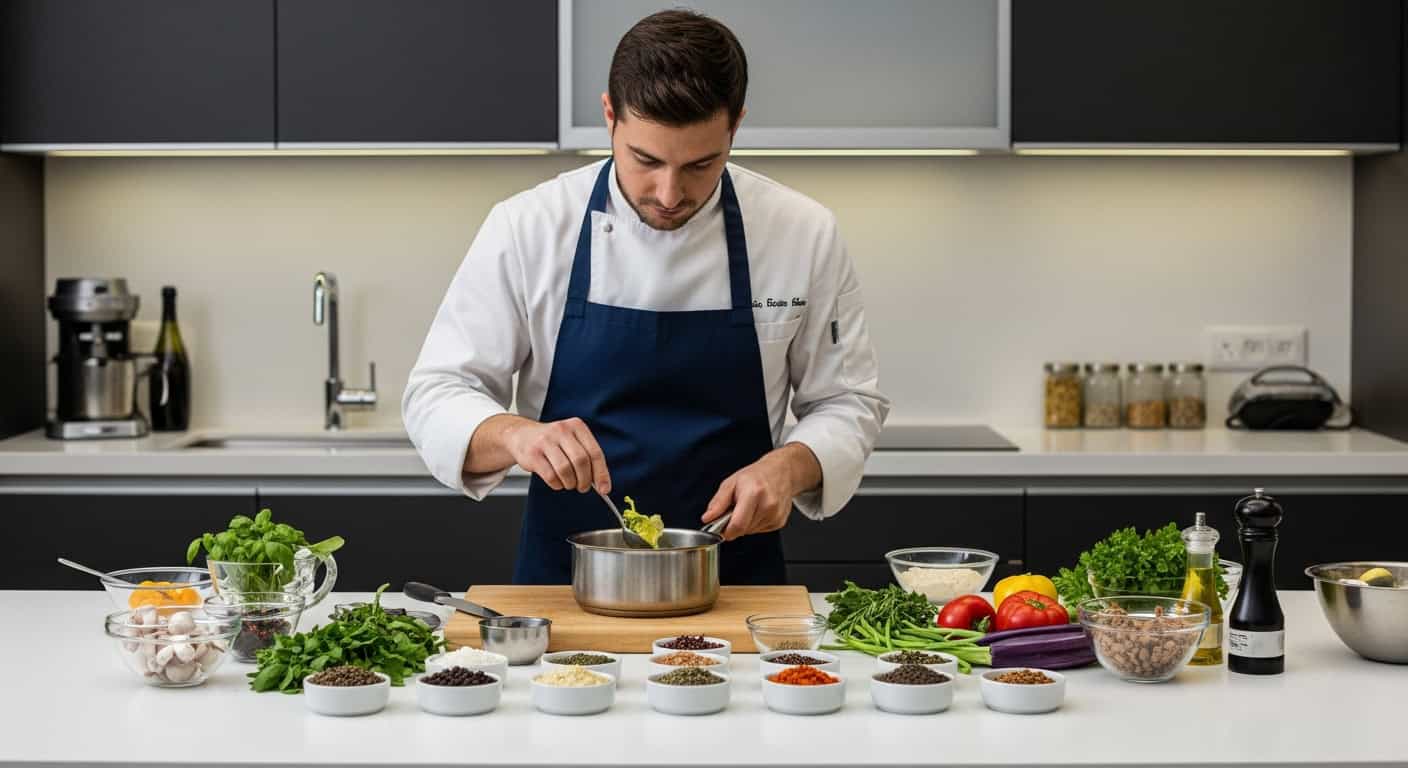How to Pair Flavors Like a Chef: The Science Behind Great Taste
Ever wondered why some dishes taste unforgettable while others fall flat? The secret lies in the art and science of flavor pairing. Chefs use a blend of intuition and scientific principles to combine ingredients that elevate each other, creating culinary magic.
By understanding how flavors interact, you can craft meals that excite the palate and impress guests. This guide will reveal proven strategies and the science behind perfect pairings, empowering you to make chef-worthy creations at home.
The Five Basic Tastes

To master flavor pairing, start by recognizing the five basic tastes: sweet, salty, sour, bitter, and umami. Each taste stimulates different receptors on the tongue, contributing to the overall sensory experience.
Balancing these elements is key to creating harmonious dishes. For example, a touch of sweetness can soften bitterness, while a hint of acidity brightens rich, savory flavors. Understanding how these tastes interact allows you to build depth and complexity in your cooking. Learn more about the science of taste from Encyclopedia Britannica.
Explore Aroma and Texture
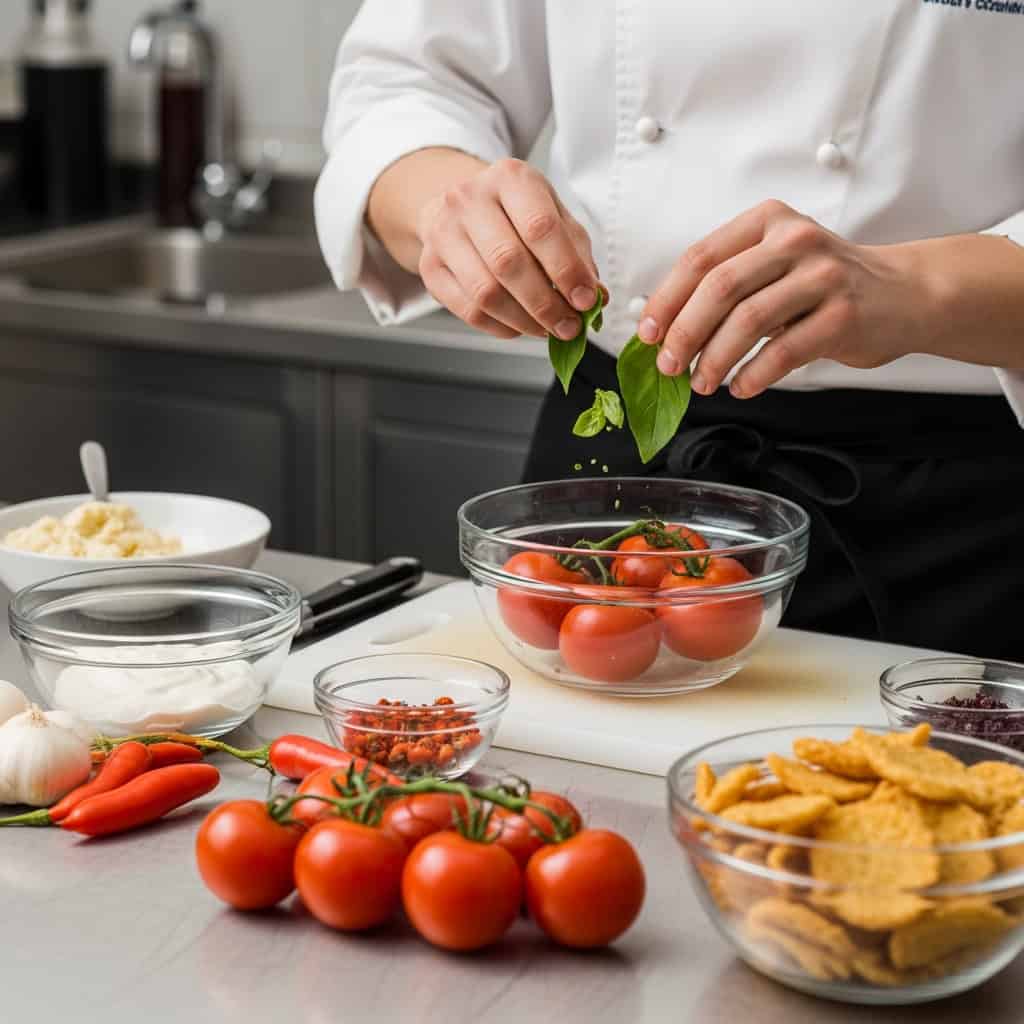
Flavor is more than just taste—aroma and texture play vital roles in how we experience food. The sense of smell can intensify or transform flavors, so pairing ingredients with complementary aromas, like basil and tomato, can elevate a dish.
Texture also impacts enjoyment, as contrasting mouthfeels—such as creamy with crunchy—add interest and satisfaction. Experiment with combinations that balance both scent and bite for a multisensory experience. For more on the science of aroma and texture in food, visit Scientific American: What Is Flavor?.
Match Ingredients by Chemical Compounds
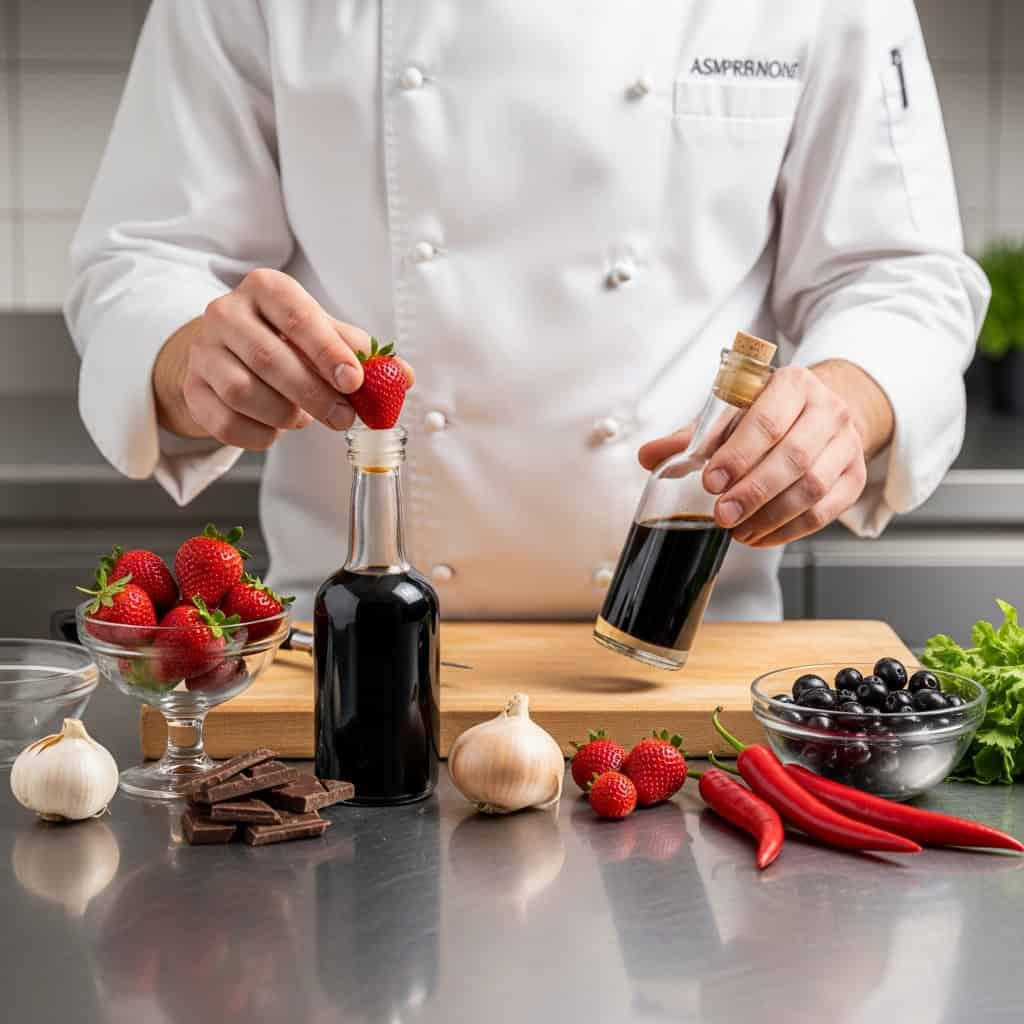
Pairing ingredients with similar chemical compounds can create unexpectedly delicious combinations. Foods that share key aroma molecules often complement each other, even if they seem unusual together. For example, both chocolate and chili contain methylxanthines, enhancing their natural affinity.
Similarly, strawberries and balsamic vinegar share esters that amplify their fruity notes. Understanding these connections allows chefs to craft inventive and harmonious dishes. To delve deeper into the molecular science behind flavor pairing, explore the fascinating research at Foodpairing.
Use Contrast and Complement
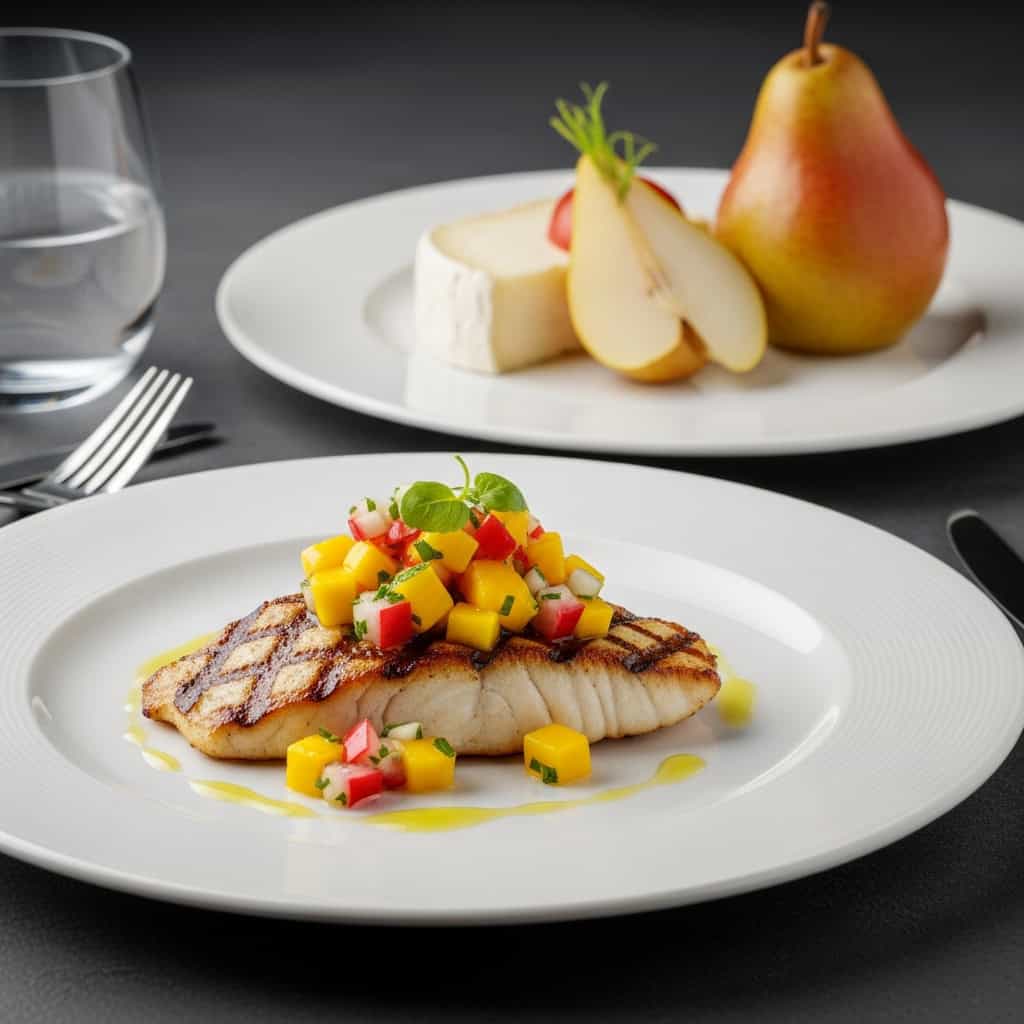
Great dishes often rely on the dynamic balance between contrasting and complementary flavors. Contrasts, such as sweet and sour or spicy and cool, add excitement and complexity—think of mango salsa with grilled fish.
Complementary flavors, on the other hand, create harmony and depth, like the creamy richness of cheese with the subtle sweetness of ripe pears. By thoughtfully blending both approaches, you can keep your palate intrigued while ensuring every bite feels balanced. For more guidance on this technique, read BBC Good Food’s Flavour Matching Guide.
Incorporate Seasonal and Regional Pairings

Utilizing seasonal produce ensures ingredients are at their peak flavor and nutrition, making it easier to achieve vibrant, well-balanced dishes. Additionally, exploring traditional regional pairings—like tomatoes and basil in Italian cuisine or miso and seaweed in Japanese dishes—can inspire combinations that feel both fresh and authentic.
These time-tested pairings often reflect a deep understanding of local ingredients and their natural affinities. By mixing seasonal freshness with regional traditions, you can create meals that celebrate both nature’s bounty and culinary heritage. Discover more about seasonal cooking at Eat Right: Eat Seasonally.
Trust Your Senses and Experiment
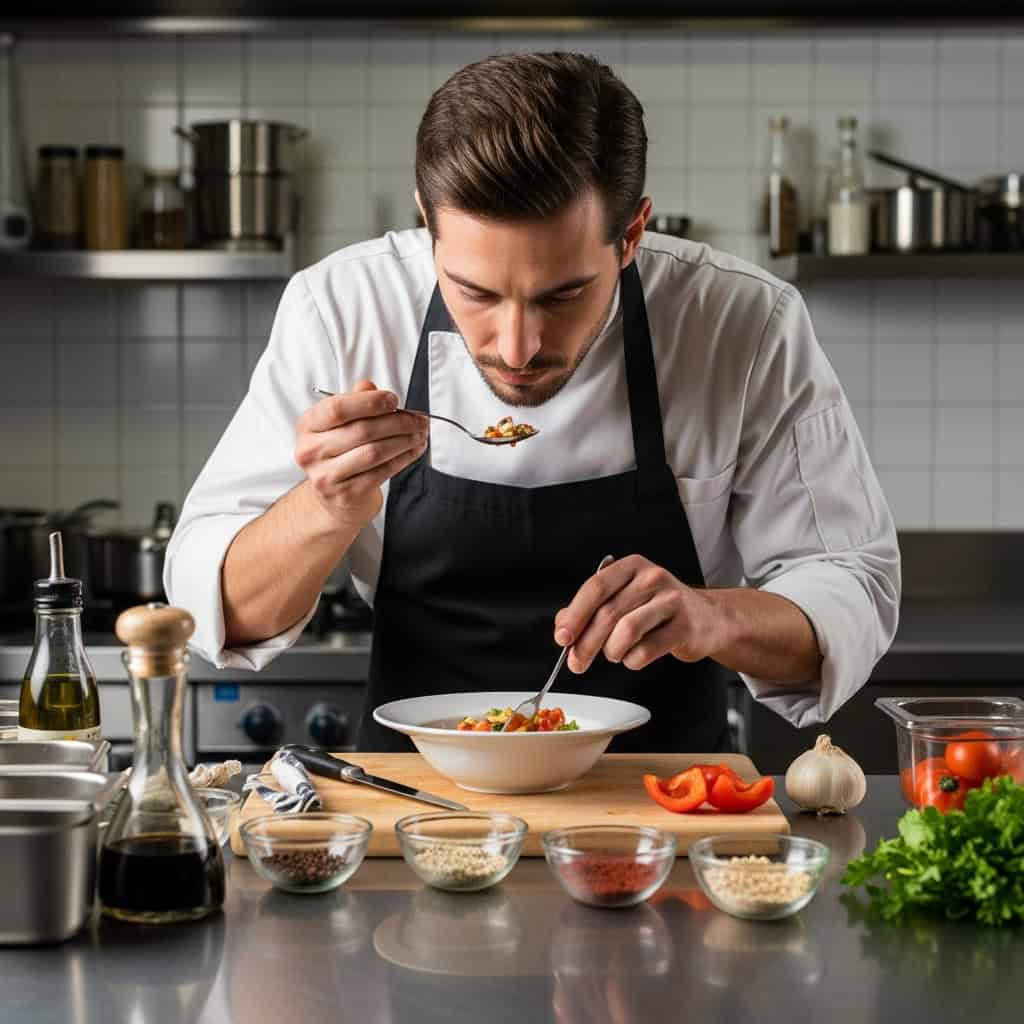
While science offers a solid foundation, true mastery comes from hands-on experimentation. Trust your senses—taste, smell, and even touch—as you combine ingredients. Mindful tasting will help refine your palate and reveal which pairings resonate with you.
Don’t hesitate to be creative; some of the most iconic dishes were born from bold experimentation. Document your successes and learn from any missteps, gradually developing your own signature flavor combinations. For more tips on building confidence in the kitchen, check out MasterClass: How to Develop Your Palate.
Conclusion
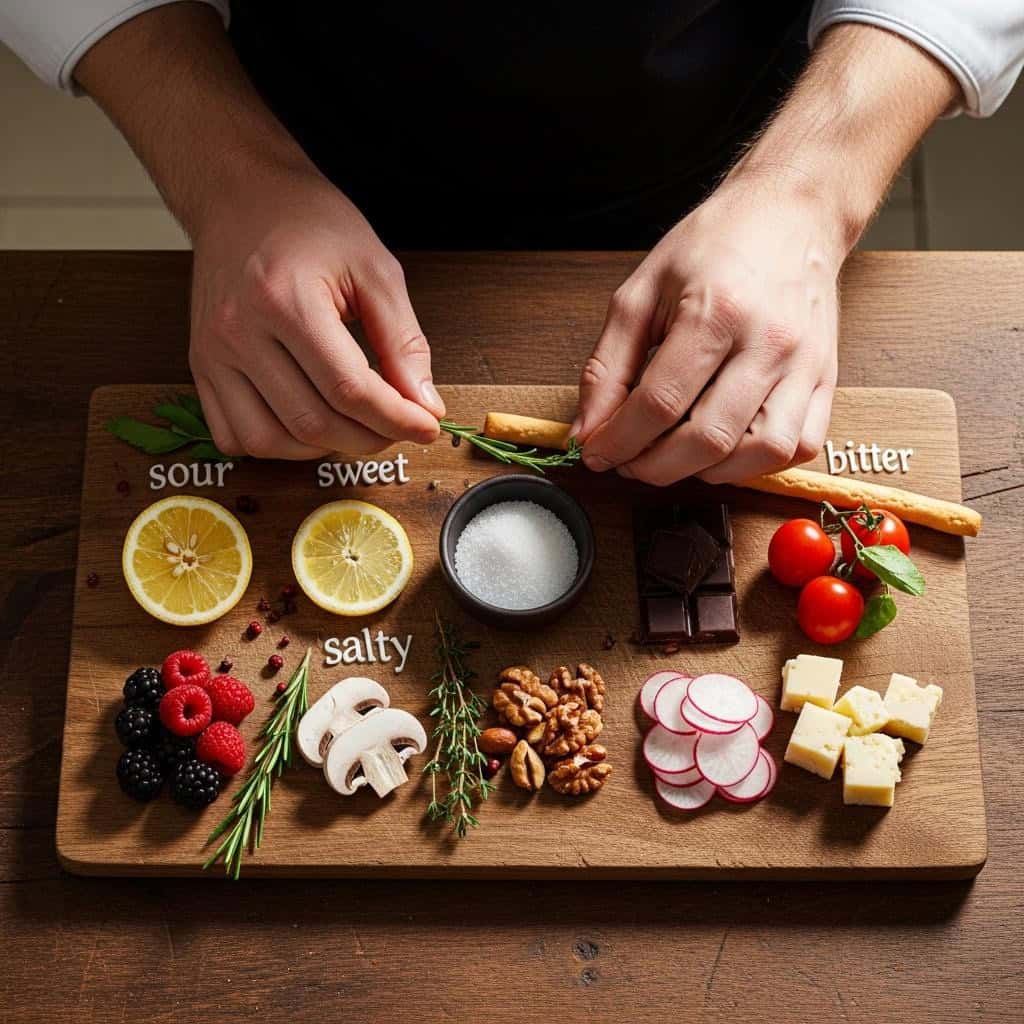
Mastering flavor pairing is a blend of understanding scientific principles and embracing creativity in the kitchen. By recognizing the five basic tastes, exploring aroma and texture, matching ingredients by chemical compounds, and using both contrast and complement, you lay the groundwork for delicious, balanced dishes.
Incorporating seasonal and regional influences, along with trusting your own senses, will help you refine your skills over time. Keep experimenting, tasting, and learning—each meal is an opportunity for discovery. For more on flavor science and inspiration, visit Flavor: The Science of Our Most Neglected Sense.


